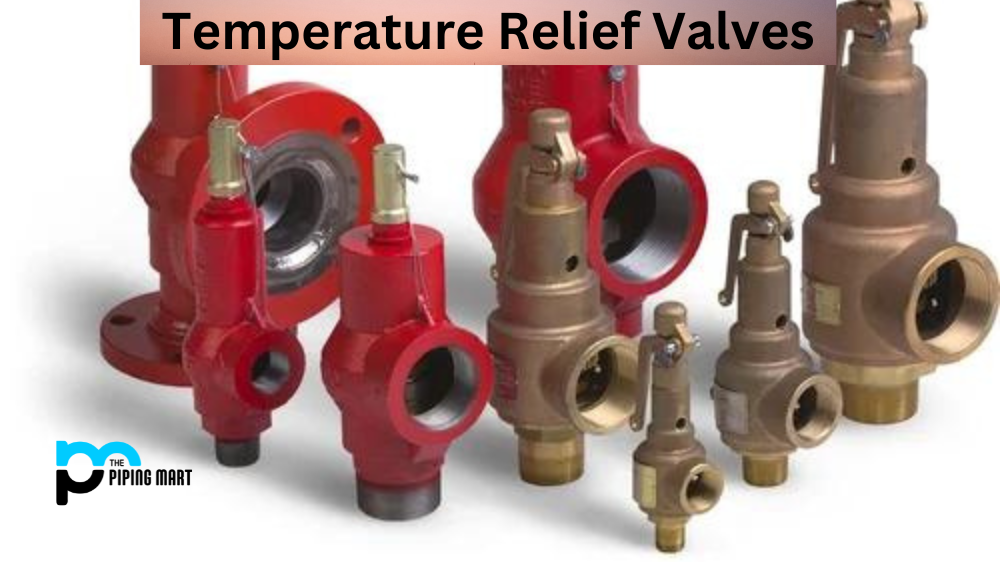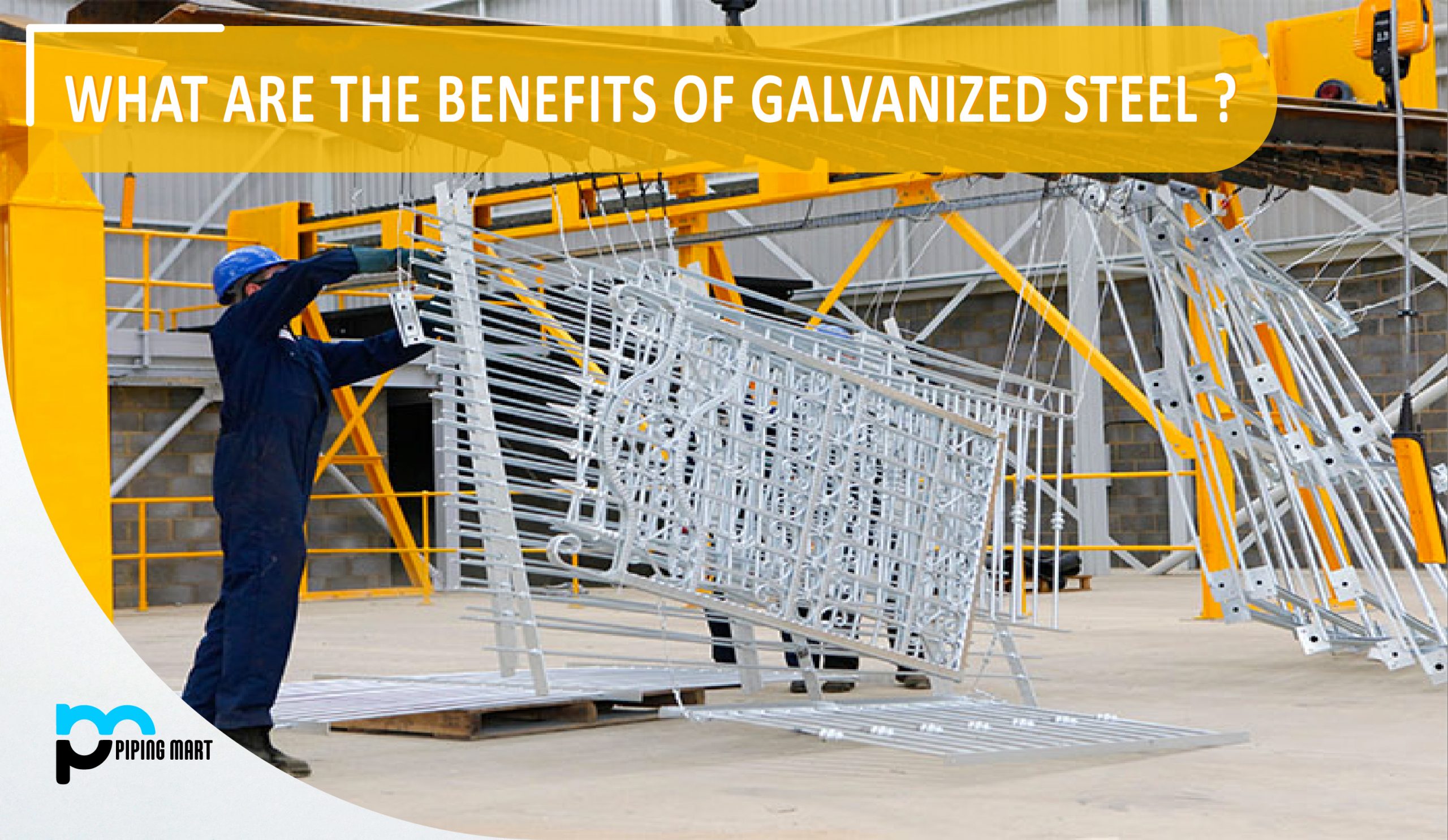A temperature relief valve is an important component of many systems that regulate the temperature in order to keep them safe and functional. But what exactly is a temperature relief valve? How does it work, and what are its uses? Let’s explore.
What is Temperature Relief Valve?
A temperature relief valve is a valve designed to open when the pressure or temperature within a system exceeds a certain level. It works by releasing excess pressure or heat from the system, thus preventing it from becoming overstressed. The valve opens automatically when the set pressure or temperature has been reached, allowing fluid to escape until the pressure drops back down to normal levels.
Temperature Relief Valves Uses
Temperature relief valves can be found in many different systems, including boilers, furnaces, pumps, compressors, and other industrial machinery. They help ensure that these systems operate safely and efficiently by regulating their internal temperatures. Without these valves in place, these systems may become overloaded—which could cause them to malfunction or break down completely.
Temperature Relief Valves Working
Temperature relief valves are designed to open automatically when necessary. When the internal pressure or temperature reaches a certain level, the valve opens up and releases some of the excess heat or pressure from within the system until it returns to normal levels. This ensures that no damage is done to any part of the system due to high temperatures or excessive pressures that could have caused it to malfunction or even explode without warning.
Conclusion:
Temperature relief valves are essential components for many machines and systems where regulation of temperature is important for safety reasons. Without them in place, these systems may be subject to extreme temperatures, which could damage their components, leading to costly repairs (or worse). By understanding how they work and what they are used for, you can ensure your machines operate at optimal levels with minimal risk of malfunctioning due to overheating or overpressure situations. Thanks for reading!
Meet Heer, a dynamic and driven writer learning tricks of her trade in the metal industry. With a background in Digital Marketing, Heer brings a unique perspective to her writing, sharing valuable insights. Apart from blogging she like reading and hiking.




